Sample Resignation Letter 2 Weeks Notice Template
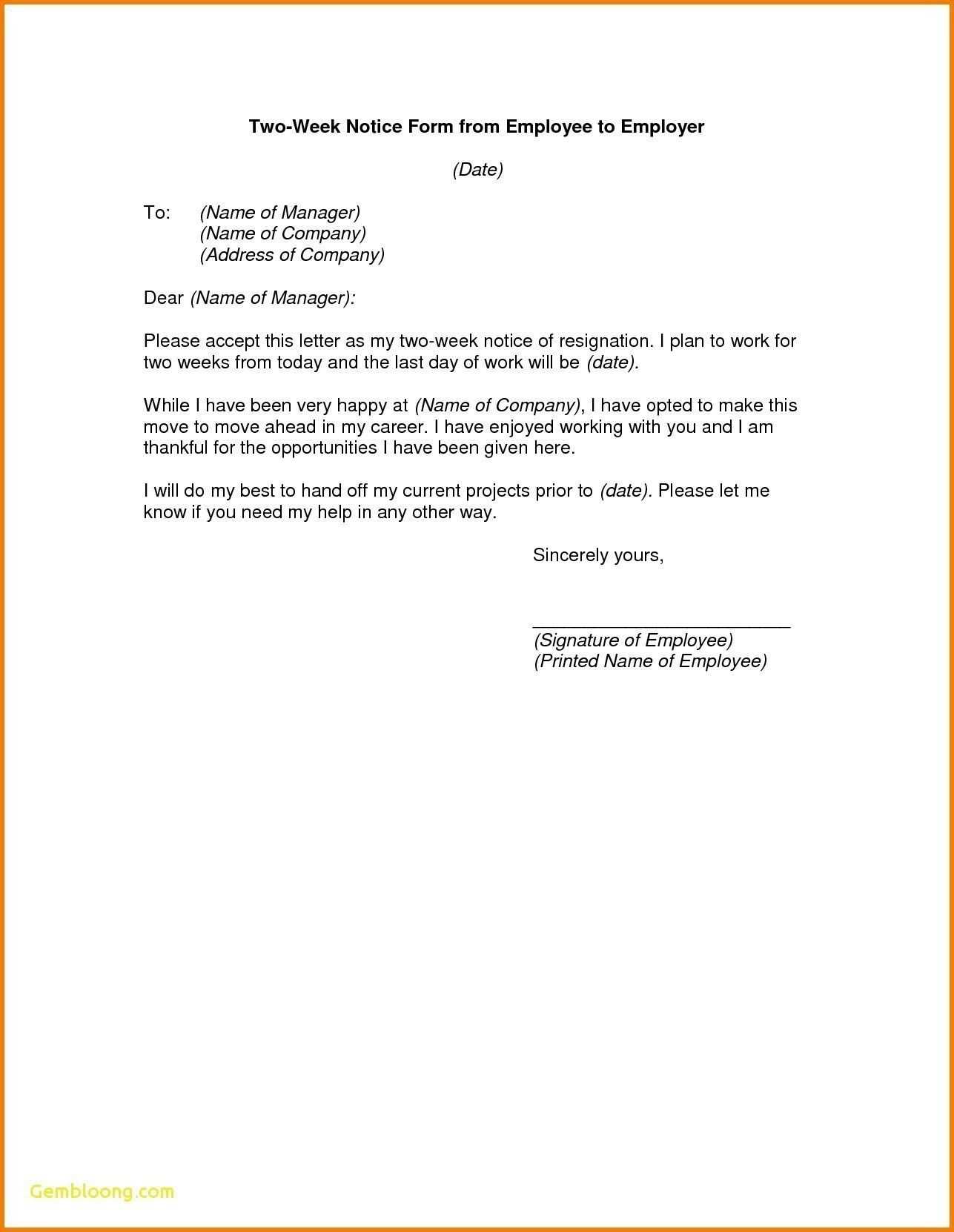
When you decide to move on from your current position, it’s essential to communicate your intentions in a professional and respectful manner. A well-constructed written notification can help ensure a smooth transition, providing clarity and keeping the relationship with your employer intact. Below are important guidelines and suggestions for crafting such a document, along with sample phrasing to guide you through the process.
How to Organize Your Departure Notice
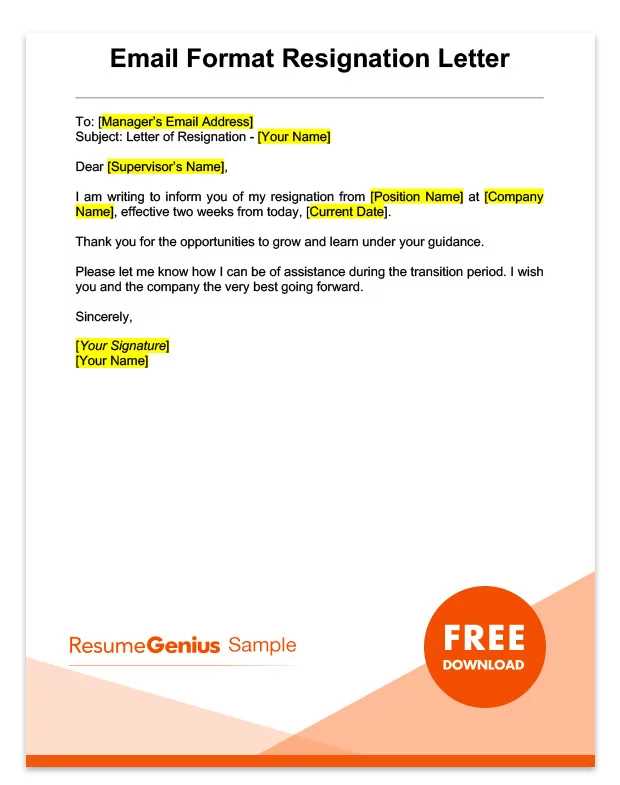
The primary goal of your communication is to inform your employer of your decision while remaining courteous. A well-structured message typically includes the following key sections:
- Clear Statement of Departure – Politely mention your decision to leave and specify your intended final working day.
- Gratitude – Express appreciation for the opportunities and experiences gained during your tenure.
- Transition Plan – Offer assistance with the handover of responsibilities or training a replacement, if applicable.
- Formal Closing – End the message with a professional closing remark.
Key Components to Include
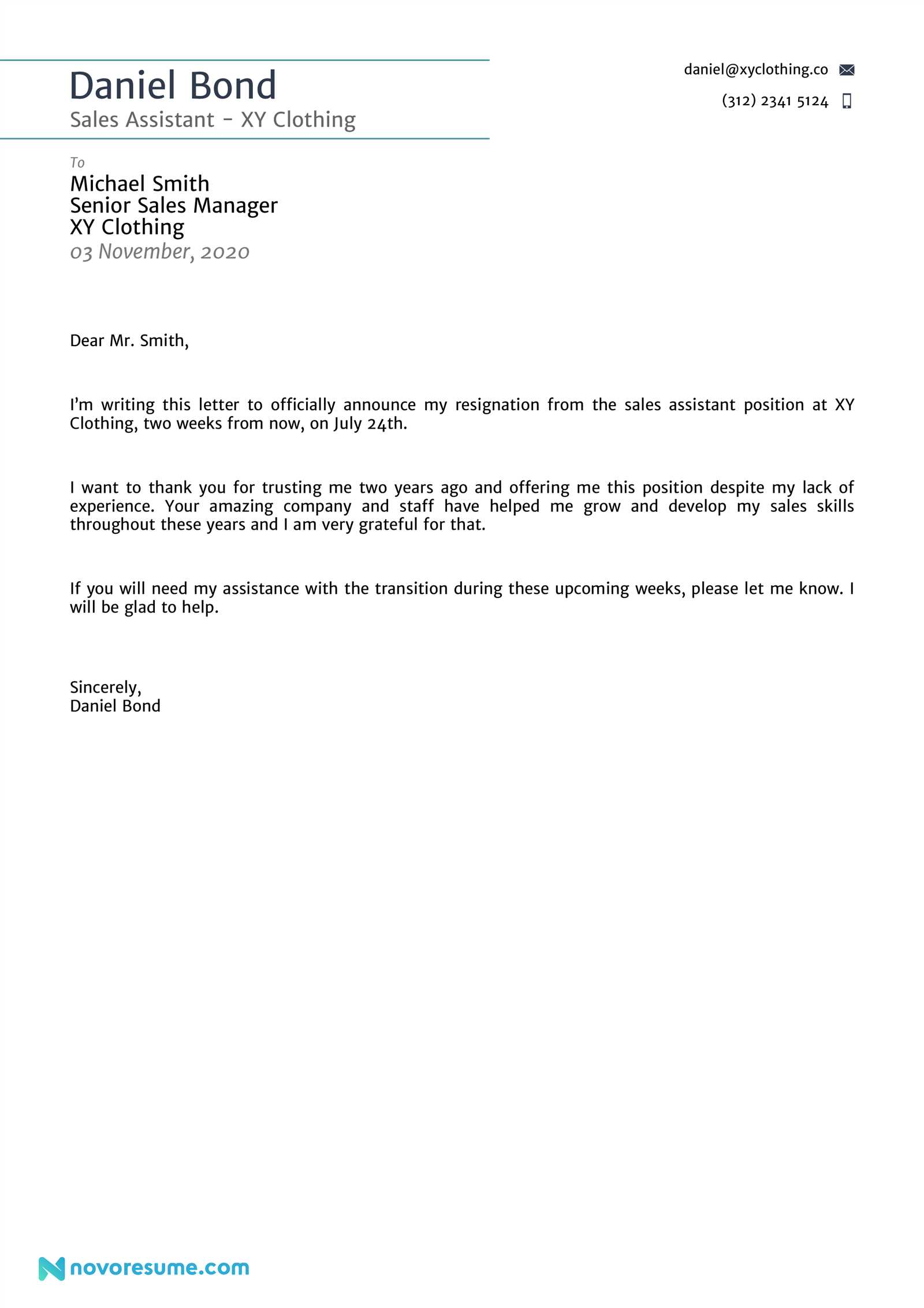
Make sure to include the following in your message for a complete and respectful departure notice:
- Introduction: Begin by clearly stating that you are resigning, and include the date of your last day at work.
- Expression of Gratitude: Thank your employer for the opportunities and experiences during your time at the company.
- Commitment to the Transition: Show your willingness to help with the transition period, including training someone to take over your responsibilities.
- Final Remarks: Conclude by offering well-wishes for the future and leaving the door open for future professional relationships.
Examples of Phrasing for Different Situations
Here are some examples of how to phrase your message for different situations:
- Simple Departure: “I am writing to inform you of my decision to leave my position with [Company Name], effective [Date]. I have truly valued my time here and appreciate all the support during my tenure.”
- Expressing Gratitude: “I want to take this opportunity to express my gratitude for the opportunities and experiences I’ve had while working with [Company Name]. I’ve learned a great deal and will always value my time here.”
- Offering Assistance: “During the transition, I am happy to assist in training a replacement or completing any outstanding tasks to ensure a seamless handover of my responsibilities.”
Maintaining Professionalism Throughout the Process
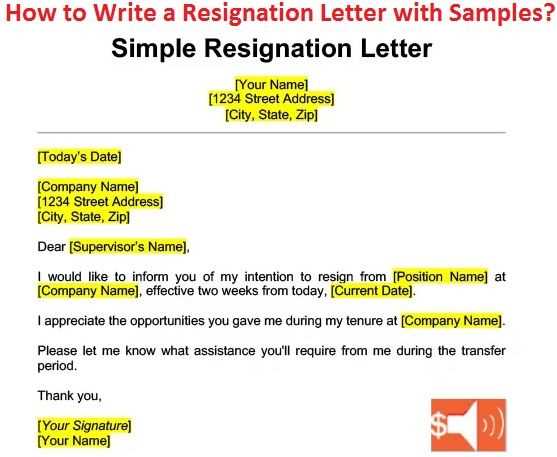
It’s crucial to keep a professional tone in your message, regardless of your reasons for leaving. Ensuring your departure is as smooth as possible benefits both you and your employer. A respectful, well-crafted communication will leave a positive lasting impression, which could be beneficial for future career opportunities or references.
Formal Departure Communication: Key Aspects and Guidance
When you decide to transition out of your current role, it’s important to communicate your decision clearly and respectfully. A well-constructed message helps ensure a smooth exit while maintaining a positive relationship with your employer. This section will explore how to properly structure your communication, key components to include, best practices for handling the transition period, and common errors to avoid.
How to Structure Your Communication
Your message should be clear, concise, and professional. Begin by stating your intention to leave the company, followed by expressing gratitude for the opportunities provided. Offering assistance during the transition period will help ease the process for your employer. Conclude with a formal and polite closing remark.
Key Components to Include
Ensure your message includes these essential points:
- Clear Statement: Announce your departure and specify the date of your final working day.
- Gratitude: Show appreciation for your time at the company and the experiences gained.
- Transition Plan: Offer help with the handover of your responsibilities or training a replacement.
- Polite Closing: Finish with a professional sign-off.
Best Practices for a Smooth Transition
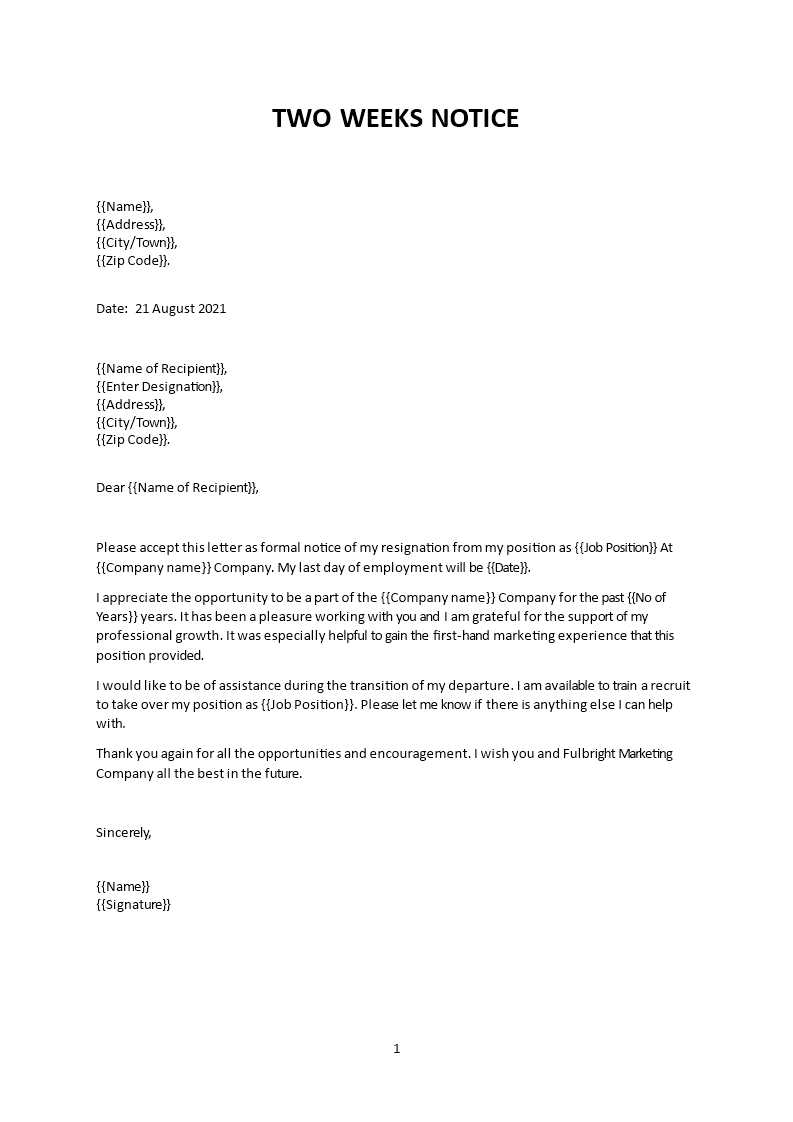
Providing adequate time for your employer to make arrangements for your departure is crucial. Two weeks is the typical timeframe to give notice. During this period, maintain professionalism and continue performing your duties to the best of your ability. Being helpful and cooperative during this time reflects positively on you.
Common Mistakes to Avoid
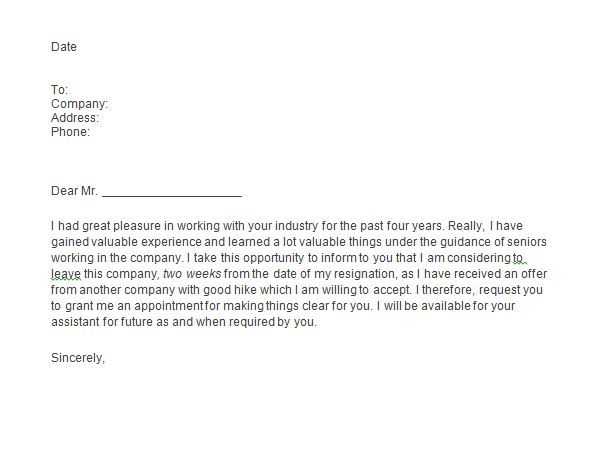
It’s important to avoid these common mistakes when submitting your departure message:
- Vagueness: Be specific about your departure date and intentions.
- Burning Bridges: Avoid negative comments about the company, colleagues, or your experience.
- Leaving Without a Plan: Make sure you offer assistance to ensure a smooth transition for your team.
Maintaining Professionalism During Your Departure
Even if your decision to leave was based on personal reasons or dissatisfaction, it’s essential to remain courteous and professional. This will ensure that you leave on good terms, preserving your reputation and potentially opening doors for future opportunities.
Examples for Different Scenarios
Below are different ways to phrase your departure communication based on various circumstances:
- Standard Departure: “I am writing to inform you of my decision to step down from my position at [Company Name], effective [Date]. I am grateful for the opportunities and experiences I’ve had during my time here.”
- Appreciation for Growth: “It’s been a privilege to work with [Company Name], where I have gained valuable skills and insights that will support me in my future career path. I deeply appreciate your support and guidance.”
- Offering Assistance: “I am happy to assist with training a replacement or help ensure that the transition process goes smoothly during my remaining time here.”